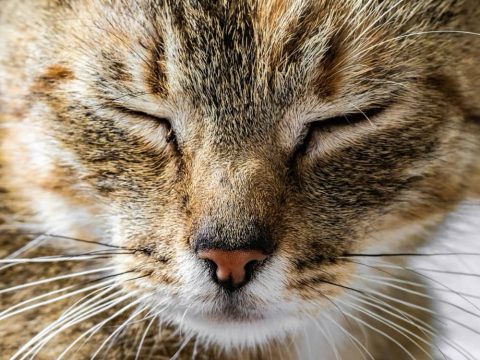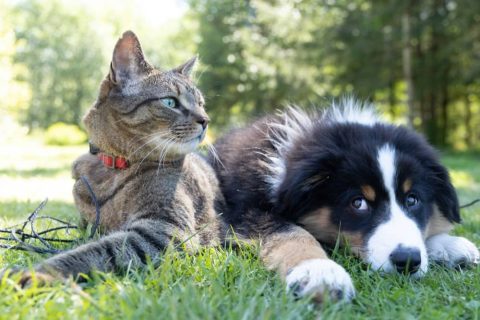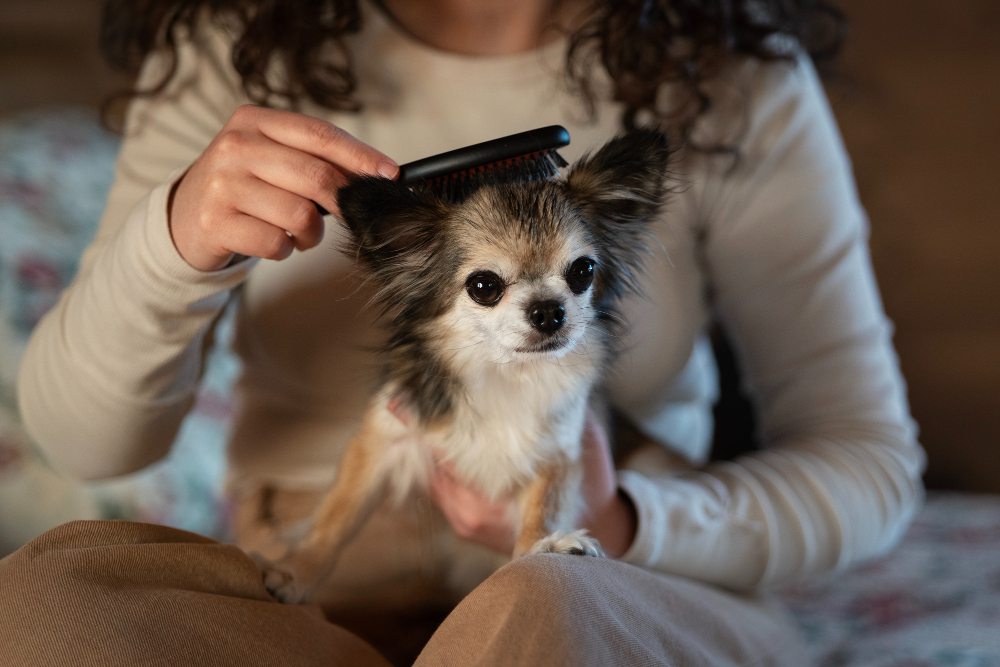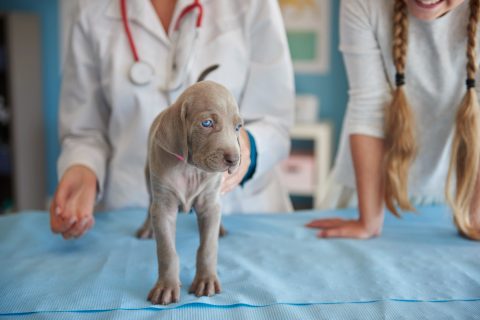When the weather starts to warm up and flowers begin to bloom, your pet’s fur may suddenly seem to multiply — clinging to clothes, furniture, and every corner of your home. Welcome to spring shedding season. While this natural process can feel overwhelming, understanding what’s happening and knowing how to manage it can make the difference between chaos and comfort.
In this guide, we’ll break down why pets shed more in spring, what breeds are most affected, and how you can support your furry friend (and your sanity) during this seasonal transition.
Contents
Why Do Pets Shed More in Spring?
Just like trees shed old leaves, pets shed their winter coats to prepare for warmer days. This is especially true for double-coated breeds — those with a soft undercoat and a protective topcoat. As the days grow longer and temperatures rise, their bodies respond by releasing the thick insulation they needed during winter.
The Science Behind Shedding
Shedding is part of the natural hair growth cycle:
- Anagen: Hair actively grows
- Catagen: Growth slows
- Telogen: Hair rests
- Exogen: Old hair falls out (shedding)
Spring activates the exogen phase, especially in breeds adapted to cold weather.
Breeds Most Affected by Spring Shedding
- Dogs: Siberian Huskies, German Shepherds, Golden Retrievers, Labrador Retrievers
- Cats: Maine Coons, Persians, Norwegian Forest Cats, Siberians
These pets typically have dense undercoats that release large amounts of fur in spring.
Grooming for Shedding Season
Brush Often — and Then Some
During peak shedding weeks, brushing your pet at least 3–4 times a week helps reduce loose hair and prevents mats or tangles. For heavy shedders, daily brushing may be necessary.
Recommended tools:
- Deshedding brushes (like the Furminator)
- Slicker brushes for detangling
- Grooming gloves for short-haired pets
Brushing also improves skin health by distributing natural oils.
Bathing Tips for Shedding Control
Bathing can help loosen dead hair, but don’t overdo it. Too-frequent baths can dry out your pet’s skin and cause more shedding. Once every 4–6 weeks is usually enough unless your vet recommends otherwise.
Use a gentle, moisturizing shampoo and rinse thoroughly. For dogs or cats with sensitive skin, ask your vet about medicated or hypoallergenic options.
Trim, Don’t Shave
It may be tempting to give your pet a spring “buzz cut,” but for double-coated breeds, shaving can do more harm than good. Their coat protects against both heat and sunburn. Stick to regular trims and thorough brushing instead.
Keep Your Home Fur-Free (or Close To It)
Invest in Pet-Smart Cleaning Tools
- A pet grooming vacuum can collect hair during brushing sessions.
- Use lint rollers and microfiber dusters for daily cleanup.
- Consider pet-friendly furniture with smooth surfaces that don’t trap fur.
Daily sweeping and vacuuming (especially with pet-hair-specific vacuums) go a long way during peak shedding season.
Eliminate Odors Alongside Hair
Warmer temperatures can also bring stronger pet smells. Products like a pet odor eliminator help keep your home smelling as fresh as it looks.

Nutrition and Health Matter
A healthy coat starts from within. Make sure your pet’s diet includes essential fatty acids, proteins, and hydration.
Nutritional Support for Coat Health
- Feed high-quality food that supports skin and coat health
- Add omega-3 and omega-6 fatty acid supplements if recommended by your vet
- Ensure your pet is drinking enough water
If your pet’s shedding seems excessive or patchy, it could be a sign of allergies, stress, parasites, or an underlying health condition. Always consult your vet if you’re unsure.
For more on total pet wellness routines, check out our everyday pet care tips.
Spring Shedding FAQs
Is It Normal for My Pet to Shed This Much in Spring?
Yes — especially if you have a double-coated breed. Expect an increase in shedding from late March through May.
Should I Bathe My Pet More During Shedding Season?
Only slightly more, and only with gentle shampoo. Brushing is far more effective for controlling spring shedding.
Can I Shave My Dog to Reduce Shedding?
For double-coated dogs, shaving is not advised. It can interfere with the coat’s natural temperature regulation and may even cause long-term hair issues.
My Cat Is Losing Clumps of Fur — Is That Normal?
Some shedding is normal, but clumps could signal stress, skin irritation, or parasites. Keep an eye out for bald patches or excessive licking.
When to Seek Professional Help
If your pet is showing any of the following, schedule a vet visit:
- Bald spots or thinning patches
- Skin redness, bumps, or flakes
- Behavioral changes (excessive licking or scratching)
Also, if your pet isn’t microchipped yet, spring is a great time to consider it. For more information on pet microchipping and recovery, refer to this AAHA guide on microchipping and lost pet recovery.
A Fresh Start for You and Your Pet
Spring shedding doesn’t have to spell disaster for your couch or clothes. With the right grooming routine, cleaning habits, and a little nutritional support, you and your pet can enjoy a fur-controlled, fresh-smelling home all season long.
Embrace the season, brush often, vacuum daily — and remember: shedding is just a sign that better weather (and longer walks) are finally here.









